
How to use our Blanks Comparator
The Blanks Comparator tool has been developed by Rodhouse in 2015. It is an absolutely unique tool in the world of fishing and rodbuilding.
It is a relevant and first-of-its-kind tool to assist each one of us to efficiently choose and select our blanks. It allows, from any connected device, to simultaneously compare up to 4 blanks, in exerting a load with weights defined in grams (in the comparator, 200 = 200 grams; 400 = 400 grams ; etc). NB: 100 grams is equivalent to approximately 3.5 oz.
All blanks listed by Rodhouse – in addition to being measured every 5 cm on the first 50 cm of the butt (this helping for the sizing of the different accessories, such as winding checks, reel seat, etc.) – are photographed, with due respect of a strict protocol. In particular, the angle and the distance of the photo shooting are rigorously the same for every blank and in all photo shooting, thus guaranteeing accurate values. Chosen weights for the comparison are selected with regards to the original power of each blank. For instance, a UL blank will be loaded up to 100 grams, while a “heavy” blank can be loaded up to 1800 grams.


Photographs are then processed and vectorised, enabling them to be called upon by the software developed for Rodhouse, in order to display curves of each loaded blank.

This is what makes this tool “unique”. Curves displayed on your screen are not extrapolations, nor drawings, as per what we could find here and there. This Blanks Comparator tool displays vectorisations from photographs; it displays the real curves of our blanks, in static load, and you can compare those curves.

(no mere extrapolations nor drawings).
What are the limits of the tool? It gives a “static” information, not a “dynamic” one. Therefore, you will not have info about the “rebound” of a blank, about how much time it would take for the blank to go back to its original “straight” position after load, its frequency. For this kind of information, you can call us, we will provide you with all the extra info about the blank(s) you are enquiring about. With a bit of experience, you will also develop a certain capacity to understand how the blank could potentially behave, based on the extra information provided on the data sheet of the product: materials used to manufacture the blank, its weight, diameter of the tip and of the butt…
The other limit is that it is, indeed, a comparator. By definition, it allows a comparison. With only one blank from our Rodhouse catalog, you could compare all the other blanks listed by Rodhouse. Exciting, huh ?

What are the real advantages of our tool? Today, everybody communicates on two criteria, seemingly set as two mandatory commercial leitmotivs: tip action (or fast action) – considered as mother of all virtues –, and the power in reserve – which became the pre-condition to any description of a blank. We don’t all pull out big logs from the water, and we don’t all drag our soft lures on the bottom of a river or lake. We sometimes seek, for certain fishing technics, other qualities, such as progressivity, absorption capacities, inertia, adequacy of the blank with the reel line; etc. The Blank Comparator will allow you to estimate all of this, by yourself.
No need to be graduated in quantum physics to understand that for the same length, and loaded at the same weight, two blanks bending down alike will be of an equivalent power. Neither do you need such of a degree to understand that, at same length and loaded weight, a blank that initiates its bending closer from its butt will be more progressive than another blank which will bend more on its tip (and consequently would be more of a “tip action”, or so-called "fast action").

Those data are made visible on your screen and it is easy to interpret them. This selection assistance tool, beyond manufacturers or retailers marketing speech, will enable you to effectively and simultaneously compare blanks between them, to gather much more info than in shaking them in the air. It will also enable you to acquire a coherent set of rods, of well calibrated power, without duplication or overlaps in terms of action, of casting power or lifting power.


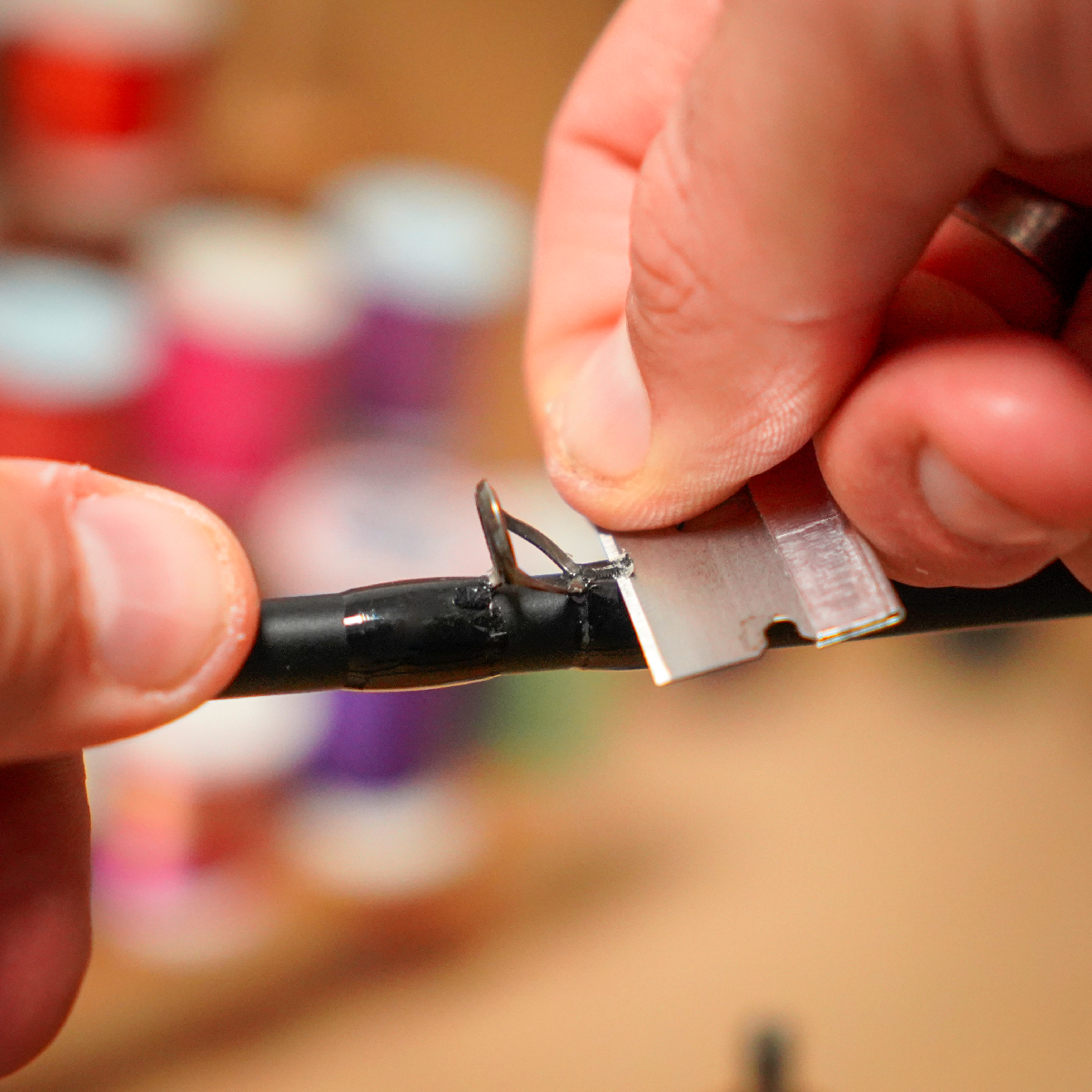
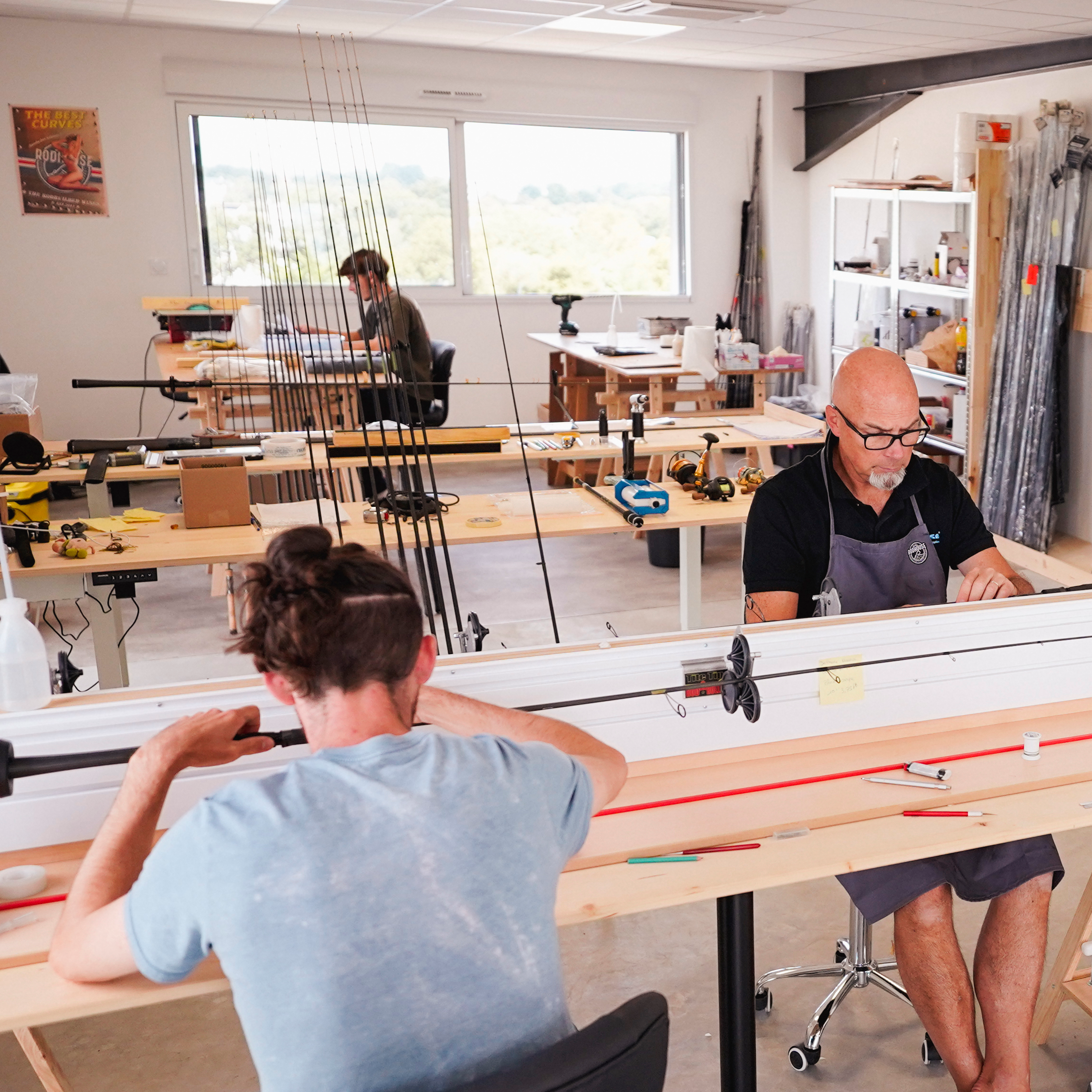
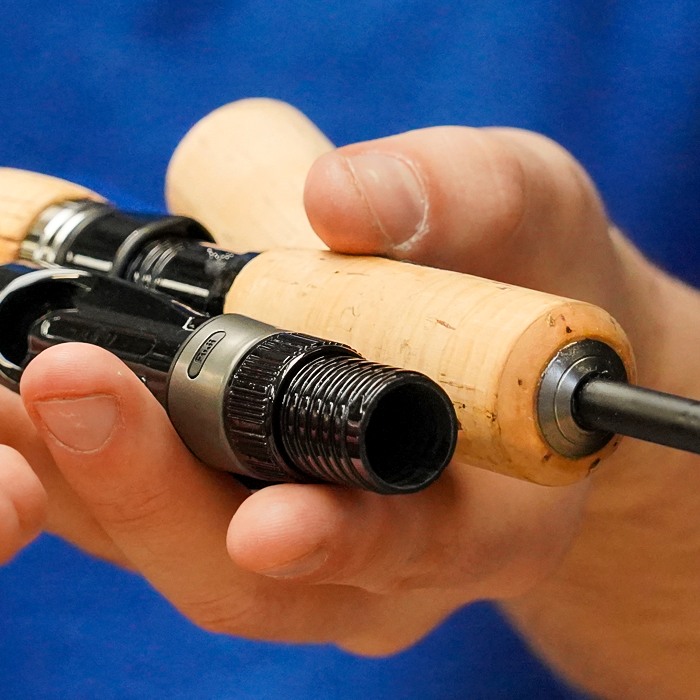
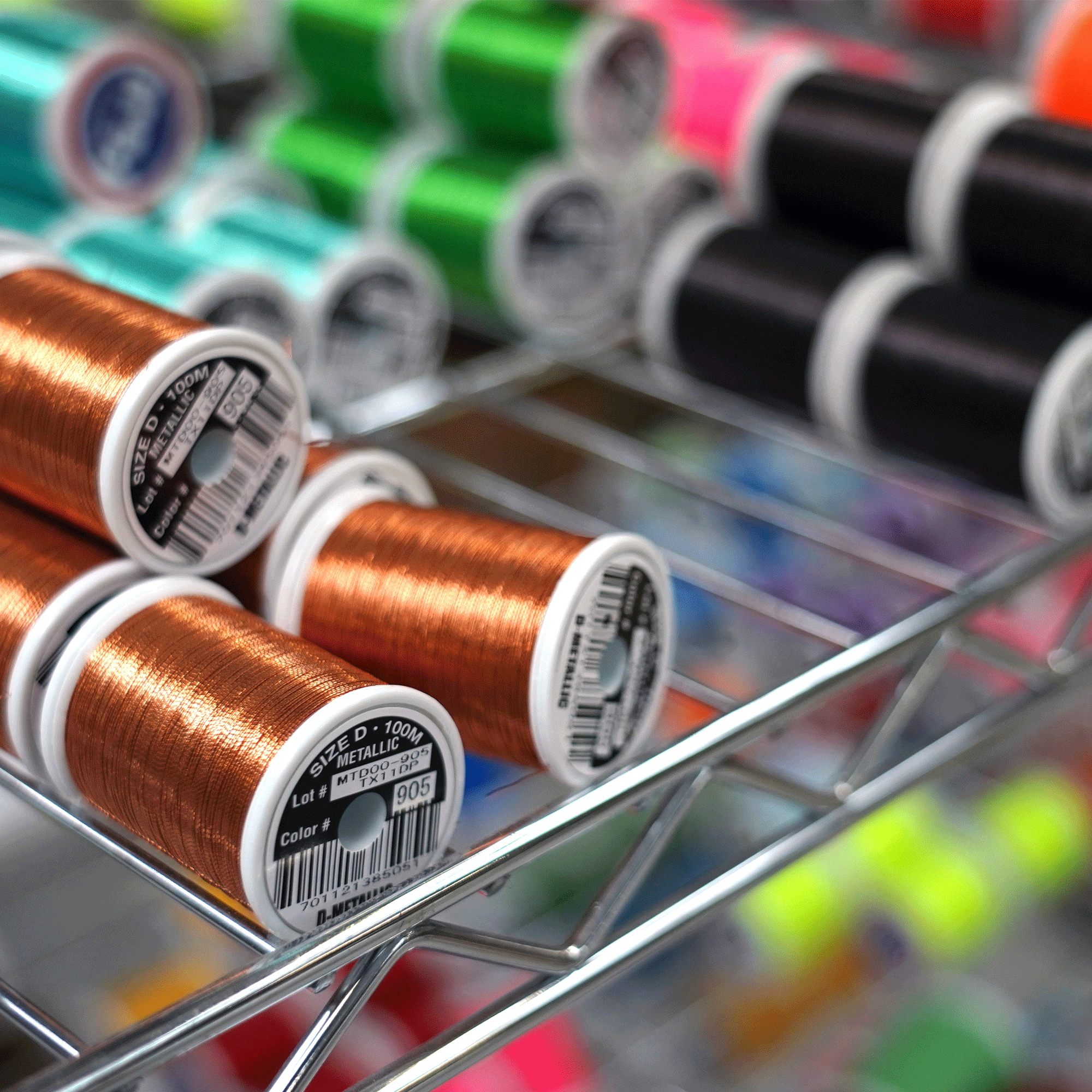

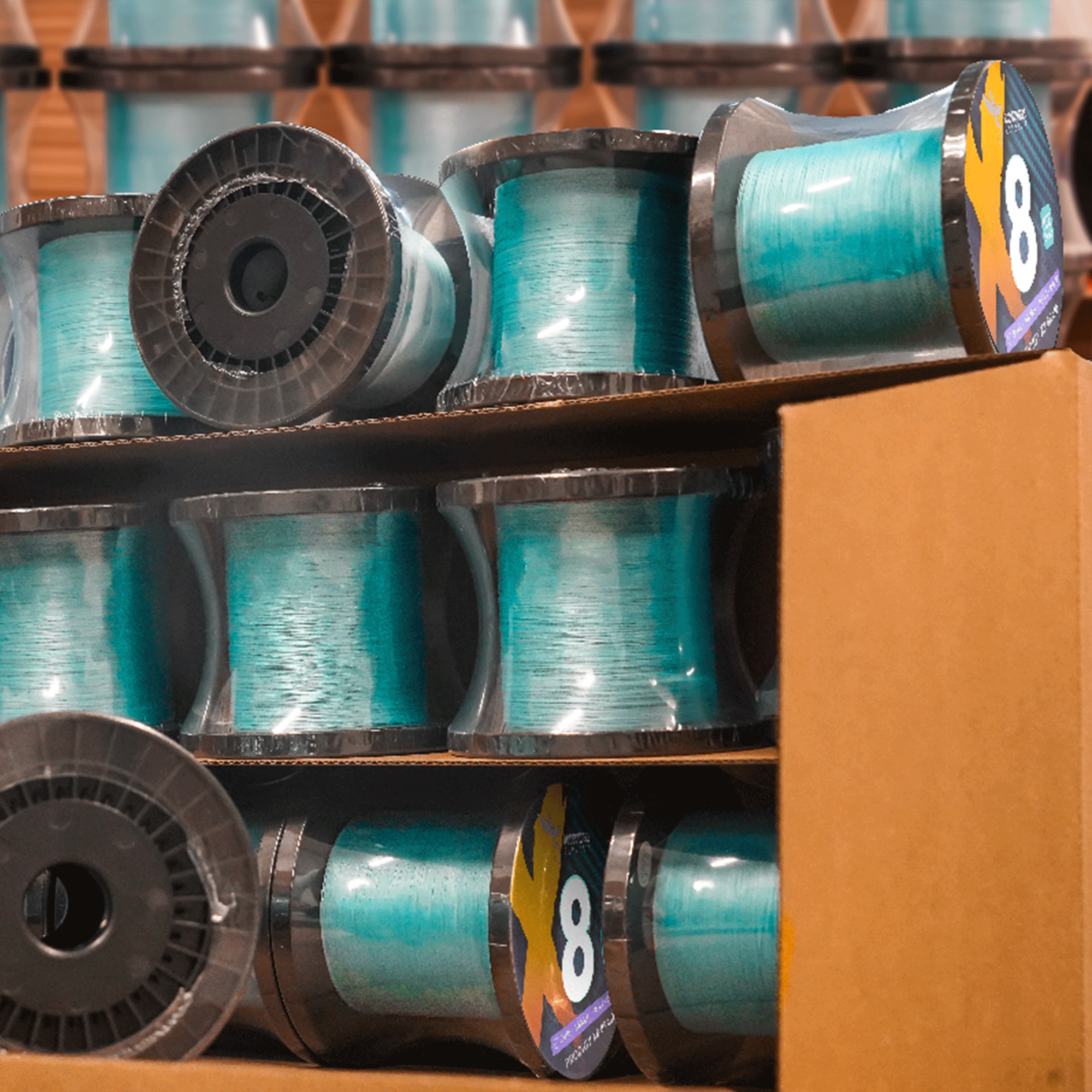
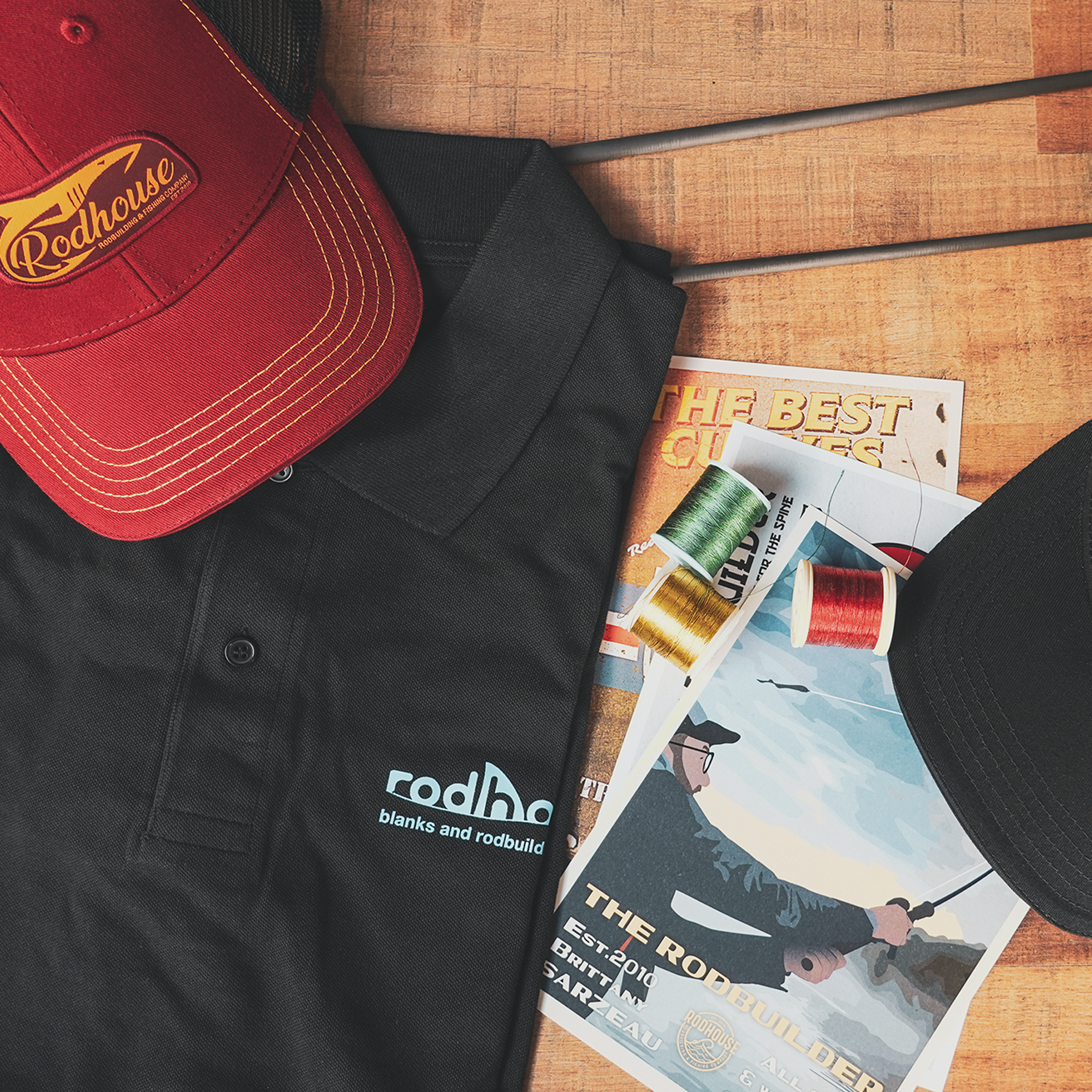
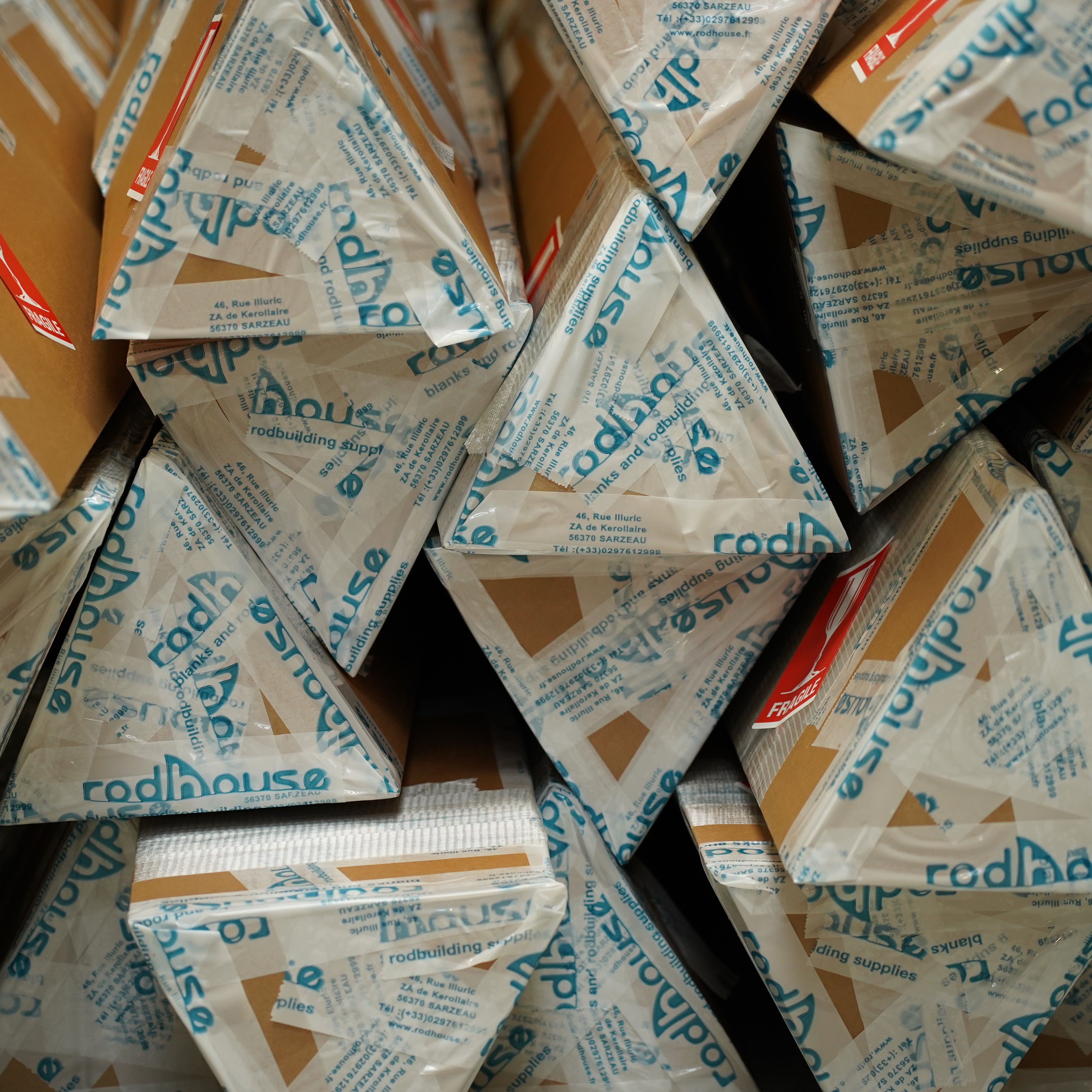

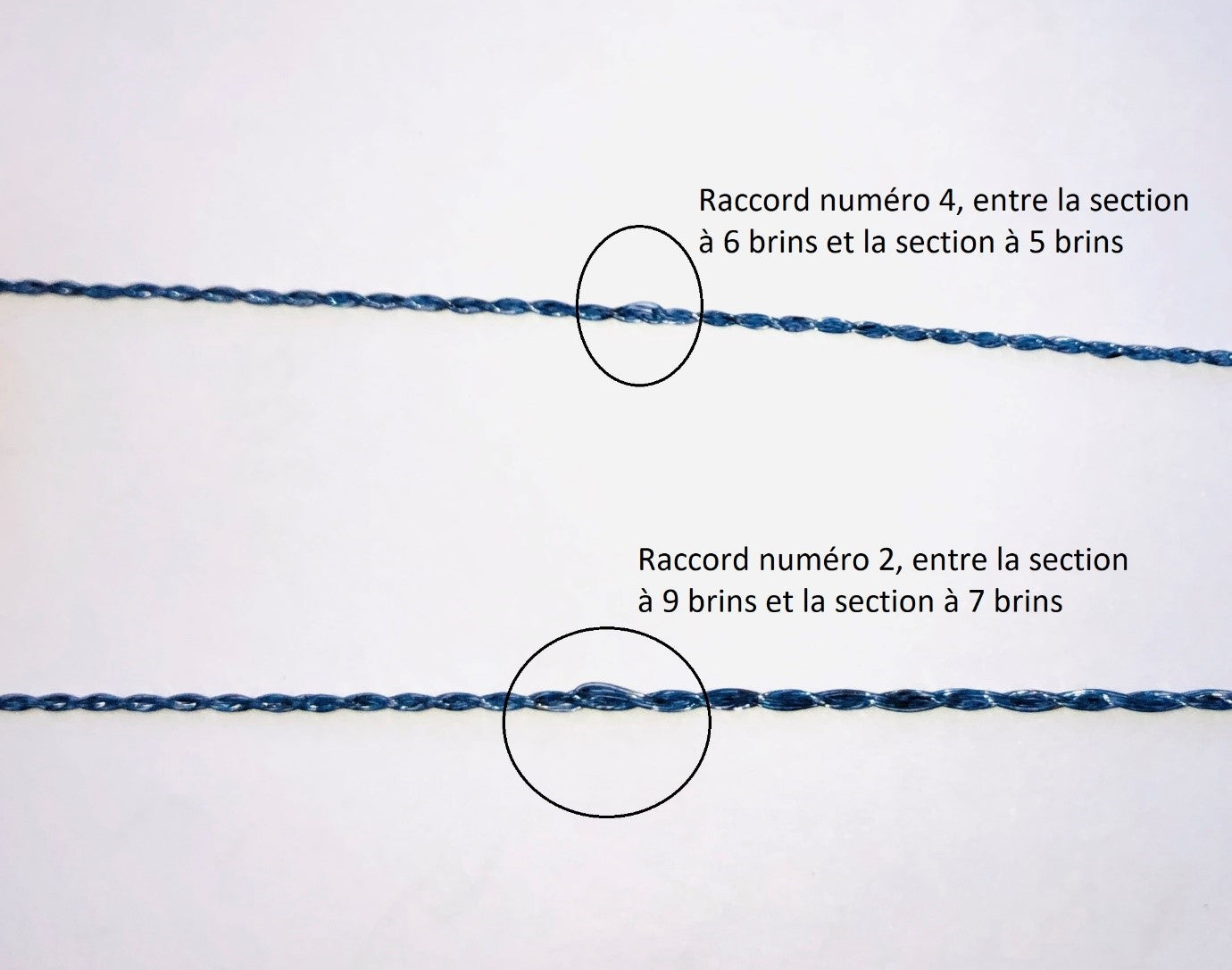
Laisser un commentaire
Tous les commentaires sont modérés avant d'être publiés.
Ce site est protégé par hCaptcha, et la Politique de confidentialité et les Conditions de service de hCaptcha s’appliquent.